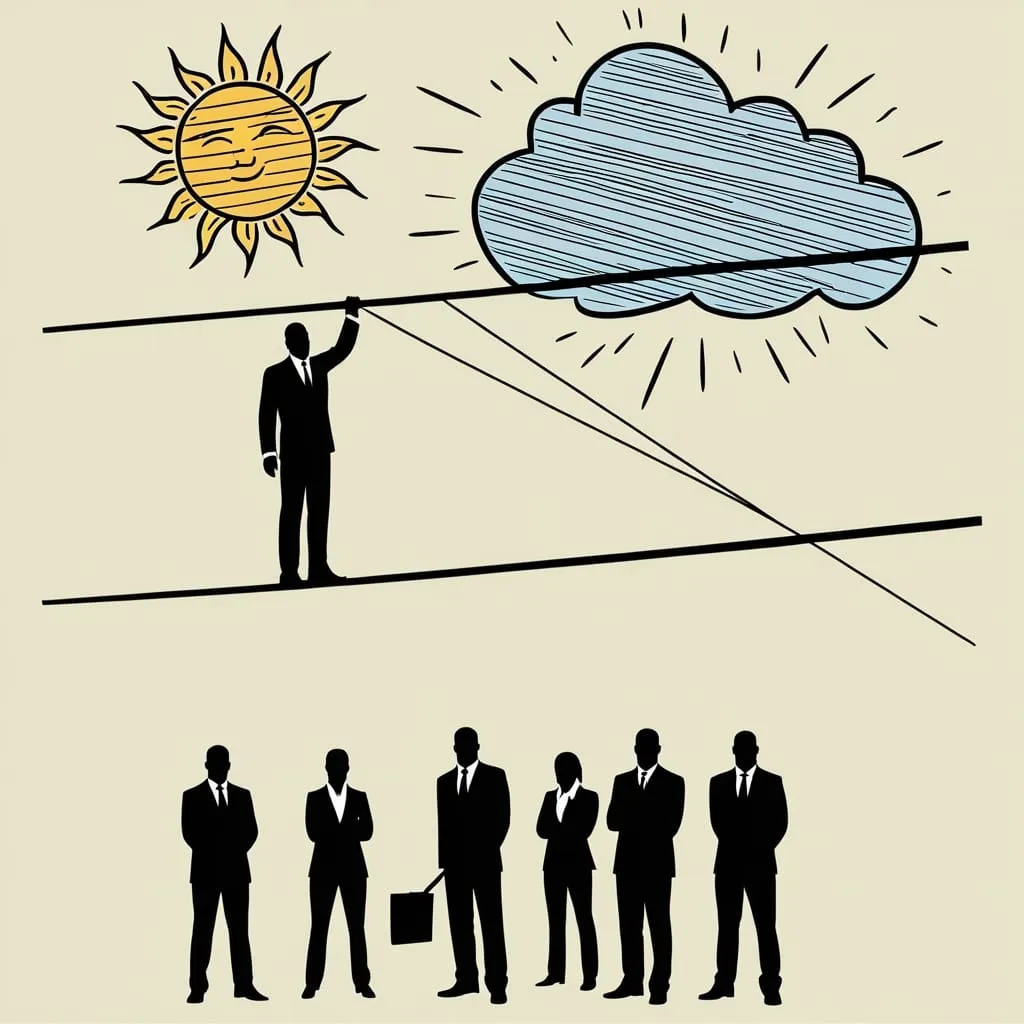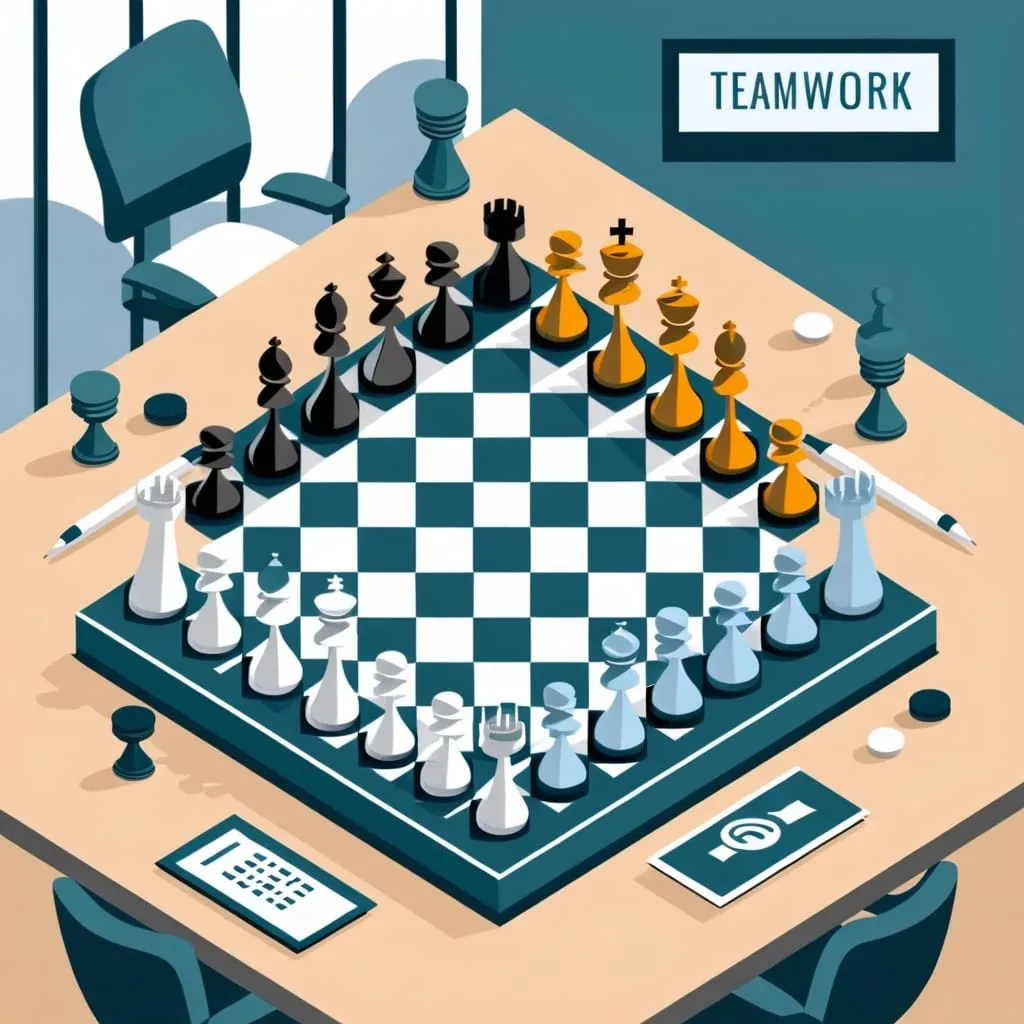As leaders, we often find ourselves at the crossroads of critical decisions that can make or break our organizations. The pressure mounts, time ticks away, and the weight of responsibility bears down on our shoulders. But it’s in these moments that true leadership shines through. Let’s explore five powerful practices that can transform the way we approach decision-making under pressure.
First and foremost, establishing a structured evaluation framework is crucial. This isn’t about rigid processes that stifle creativity; rather, it’s about creating a mental scaffolding that supports clear thinking when the stakes are high. I’ve found that using a simple matrix that weighs potential outcomes against organizational values can be incredibly effective. For instance, when faced with a product recall decision at a major tech company, the CEO used a framework that considered customer safety, brand reputation, and financial impact. This allowed for a more balanced assessment, cutting through the noise of conflicting opinions and data.
But how do we ensure we’re not falling into the trap of groupthink or personal biases? This is where building diverse advisory networks comes into play. It’s not just about having a team of yes-men or women; it’s about cultivating relationships with individuals who bring different perspectives to the table. I once witnessed a healthcare CEO make a groundbreaking decision to invest in AI-driven diagnostics. What set her apart was her habit of consulting not just with medical professionals, but also with ethicists, patient advocates, and even skeptics of the technology. This 360-degree view allowed her to anticipate challenges and opportunities that might have been missed in a more homogeneous advisory group.
“The best executive is the one who has sense enough to pick good men to do what he wants done, and self-restraint enough to keep from meddling with them while they do it.” - Theodore Roosevelt
How often do we find ourselves paralyzed by the sheer volume of information available to us? This is where implementing time-boxed analysis periods becomes invaluable. It’s about setting clear boundaries for information gathering and deliberation. I’ve seen this practice work wonders in fast-paced startup environments. One founder I worked with instituted a “48-hour rule” for major decisions. This meant that from the moment a critical issue was identified, the team had 48 hours to gather data, consult advisors, and come to a decision. This prevented analysis paralysis and kept the company agile in a rapidly changing market.
But what happens when things don’t go as planned? This is where creating contingency plans comes into play. It’s not about being pessimistic; it’s about being prepared. A seasoned CFO I know always insists on having at least three backup plans for any major financial decision. When the 2008 financial crisis hit, her company was one of the few that managed to weather the storm relatively unscathed, thanks to pre-established contingency measures.
“Plans are worthless, but planning is everything.” - Dwight D. Eisenhower
Have you ever wondered how military leaders maintain composure in the heat of battle? The answer often lies in rigorous scenario-based simulations. This practice isn’t just for the military; it’s a powerful tool for any leader facing high-stakes decisions. I’ve seen tech companies simulate cyber attacks, healthcare systems practice pandemic responses, and financial institutions run through market crash scenarios. These exercises not only prepare teams for potential crises but also build decision-making muscles that can be flexed when real pressure hits.
Now, let’s address the elephant in the room: stress. How do we manage our own physiological responses when the pressure is on? One technique I’ve found particularly effective is the “box breathing” method used by Navy SEALs. It’s simple: inhale for four counts, hold for four, exhale for four, hold for four, and repeat. This can help calm your nervous system and clear your mind, allowing for more rational decision-making.
When it comes to gathering key information under pressure, the key is to focus on signal over noise. I advise leaders to identify their “critical few” metrics or data points that truly matter for the decision at hand. Everything else is just distraction. For instance, when deciding whether to pivot a product strategy, a SaaS company CEO I worked with focused solely on customer churn rate and feature adoption metrics, ignoring the myriad of other data available.
Communication is another crucial aspect of decision-making under pressure. How do we convey our choices to stakeholders in a way that inspires confidence and action? The answer lies in clarity and conviction. I once observed a hospital administrator handle a potential public health crisis. Her communication was direct, fact-based, and empathetic. She didn’t shy away from uncertainties but focused on the actions being taken and the rationale behind them. This approach not only calmed fears but also rallied support for the necessary measures.
“The art of communication is the language of leadership.” - James Humes
Let’s talk about biases. We all have them, and they can be particularly insidious when we’re under pressure. One common pitfall is the sunk cost fallacy – the tendency to continue a course of action because of past investments, even when it’s no longer the best option. To combat this, I encourage leaders to regularly ask themselves, “If I were approaching this situation for the first time today, what would I do?” This mental reset can be incredibly powerful in breaking free from the chains of past decisions.
Another bias to watch out for is confirmation bias – the tendency to seek out information that confirms our preexisting beliefs. To counteract this, I advise leaders to actively seek out dissenting opinions and to give them serious consideration. This doesn’t mean you have to agree with every opposing viewpoint, but it does mean giving them a fair hearing.
The balance between speed and accuracy in time-sensitive situations is perhaps one of the most challenging aspects of decision-making under pressure. It’s a delicate dance, and the rhythm changes depending on the context. In some cases, a quick, good-enough decision is better than a perfect but late one. In others, taking an extra day to gather crucial information can save months of headache down the line.
I’ve found that one effective way to navigate this balance is to use a decision-making spectrum. On one end, you have decisions that can be made quickly with minimal information. On the other, you have decisions that require more time and data. By categorizing decisions along this spectrum, leaders can allocate their time and resources more effectively.
“In any moment of decision, the best thing you can do is the right thing, the next best thing is the wrong thing, and the worst thing you can do is nothing.” - Theodore Roosevelt
As we wrap up, I want to emphasize that these practices are not just theoretical concepts. They are battle-tested strategies that have been proven effective across various industries and scenarios. But like any skill, they require practice and refinement.
So, I challenge you: Which of these practices resonates most with you? How can you incorporate it into your decision-making process this week? Remember, the goal isn’t perfection, but progress. Every decision is an opportunity to learn and grow as a leader.
In the end, decision-making under pressure is as much an art as it is a science. It requires a blend of analytical rigor, emotional intelligence, and sometimes, a leap of faith. But by embracing these practices, we can approach even the most daunting decisions with confidence and clarity.
As leaders, our decisions shape not just our organizations, but often the lives of those we serve. It’s a responsibility we must approach with both humility and determination. So the next time you find yourself in the crucible of a high-stakes decision, take a deep breath, trust in your preparation, and remember: this is what leadership is all about.
![5 Critical Decision-Making Strategies for Leaders Under Pressure [Expert Guide 2024]](/images/997678d0-034a-4e3f-a7ac-63a192de86e7.webp)





